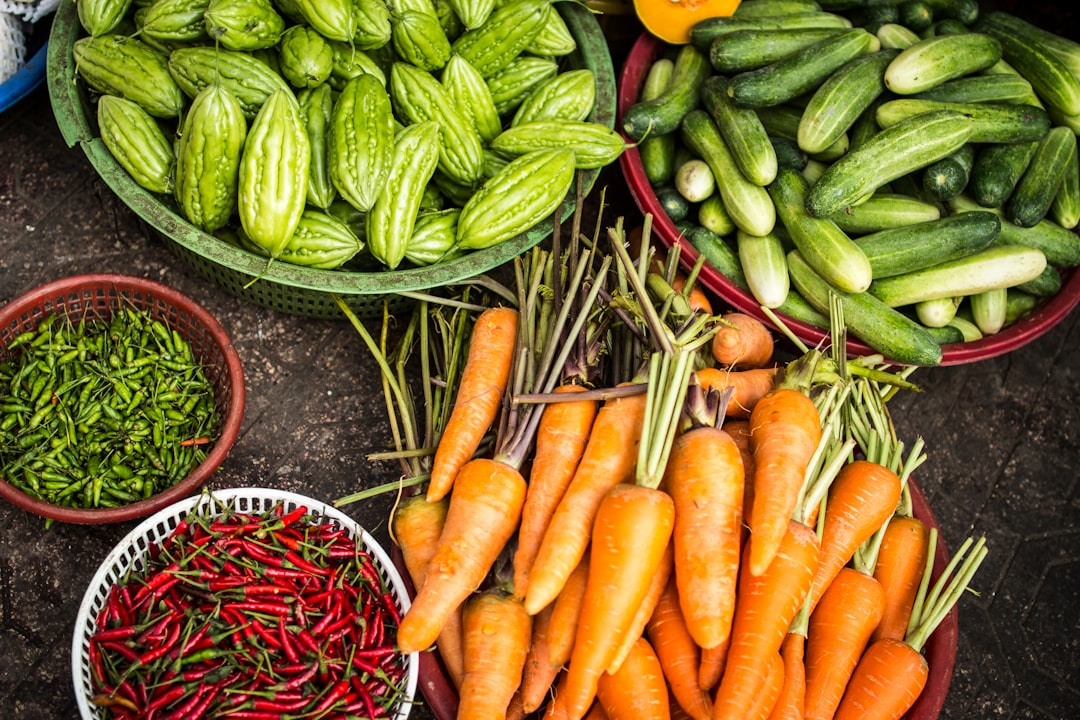With the global population growing and traditional agriculture facing challenges like climate change, water shortages, and soil depletion, commercial hydroponic greenhouses are emerging as a sustainable, high-yield solution for food production.
Hydroponic greenhouses combine controlled-environment agriculture (CEA) with soilless growing techniques, allowing farmers to maximize production while using fewer resources. Whether supplying local markets, grocery stores, or large-scale food distributors, commercial hydroponics offers year-round, consistent crop yields with higher efficiency than traditional farming.
In this guide, we’ll explore how commercial hydroponic greenhouses operate, their benefits, challenges, and the best crops for large-scale hydroponic farming.
Why Choose a Commercial Hydroponic Greenhouse?
✅ Higher Yields – Optimized nutrients and environment increase production.
✅ Year-Round Growing – Not affected by seasons or extreme weather.
✅ Water Efficiency – Uses 90% less water than traditional farming.
✅ Less Land Needed – Vertical and space-efficient systems maximize yield per square foot.
✅ Fewer Pesticides & Chemicals – Controlled environments reduce the need for chemical inputs.
✅ Local Food Production – Reduces transportation costs and ensures fresher produce.
Key Components of a Commercial Hydroponic Greenhouse
Successful large-scale hydroponic operations rely on advanced technology and automation to optimize plant growth and reduce labor costs.
1. Climate Control Systems 🌡
Commercial hydroponic greenhouses use climate control technology to maintain optimal conditions.
-
Temperature Control: Heating and cooling systems regulate indoor temperatures.
-
Humidity Management: Dehumidifiers and ventilation systems prevent mold and disease.
-
CO₂ Enrichment: Boosts photosynthesis for faster plant growth.
2. Hydroponic Growing Systems 💧
Different hydroponic methods are used depending on the crop and production scale.
-
Nutrient Film Technique (NFT): Best for leafy greens and herbs.
-
Deep Water Culture (DWC): Ideal for fast-growing, high-yield crops.
-
Ebb & Flow (Flood & Drain): Versatile for various plant types.
-
Aeroponics: Maximizes efficiency with nutrient misting but requires advanced monitoring.
3. LED Grow Lights & Natural Lighting 💡
-
Greenhouses leverage natural sunlight, reducing energy costs.
-
Supplemental LED lighting ensures consistent growth during cloudy days or winter months.
-
Light spectrum customization enhances flowering, fruiting, and leafy growth.
4. Automated Nutrient Delivery Systems 🧪
-
Fertigation systems precisely mix and deliver nutrient solutions.
-
pH & EC Sensors automatically adjust nutrient balance.
-
Reduces human error and ensures consistent crop quality.
5. Water Recycling & Filtration 🚰
-
Hydroponic water recycling systems minimize waste.
-
UV or ozone sterilization prevents disease spread.
-
Keeps production sustainable and cost-effective.
Best Crops for Large-Scale Hydroponic Greenhouses
1. Leafy Greens & Herbs 🥬
-
Lettuce (Romaine, Butterhead, Iceberg)
-
Spinach, Kale, Swiss Chard
-
Basil, Cilantro, Mint, Parsley
✅ Fast-growing, high turnover, and ideal for NFT & DWC systems.
2. Fruiting Vegetables 🍅🌶
-
Tomatoes (Cherry, Roma, Heirloom)
-
Peppers (Bell, Jalapeño, Mini Peppers)
-
Cucumbers & Zucchini
✅ Higher revenue potential with proper lighting & nutrient management.
3. Strawberries & Berries 🍓
-
Strawberries
-
Blueberries (using specialized hydroponic media)
✅ Great for premium markets and direct-to-consumer sales.
4. Microgreens & Specialty Crops 🌱
-
Arugula, Mustard Greens, Watercress
-
Wheatgrass, Radish Sprouts
✅ Quick harvest cycle (7-21 days), high-profit margin.
Challenges in Commercial Hydroponic Greenhouses
While hydroponic greenhouses offer significant advantages, they also come with challenges.
1. High Initial Investment 💰
-
Costs for land, infrastructure, automation, and lighting can be substantial.
-
ROI depends on efficient management and market demand.
2. Energy Costs ⚡
-
Greenhouses require heating, cooling, and lighting systems, which increase energy consumption.
-
Solution: Invest in solar panels, LED grow lights, and energy-efficient climate controls.
3. Disease & Pest Control 🦠
-
Hydroponic environments are not immune to fungal diseases and pests.
-
Solution: Maintain strict hygiene protocols, use biological pest control, and monitor plant health.
4. Market & Distribution Challenges 📦
-
Fresh produce markets fluctuate, affecting pricing and demand.
-
Solution: Secure local contracts, grocery store partnerships, and direct-to-consumer sales (CSAs, farmers’ markets, online subscriptions).
Scaling Up: Tips for Success in Commercial Hydroponics
✅ Start with a Feasibility Study – Research local demand, costs, and competition.
✅ Invest in Automation – Reduces labor costs and increases efficiency.
✅ Diversify Crops – Grow both high-demand and niche crops to balance market fluctuations.
✅ Optimize Water & Nutrient Use – Recycling systems reduce waste and costs.
✅ Build Strong Market Partnerships – Restaurants, grocery chains, and online sales platforms ensure stable revenue.
The Future of Commercial Hydroponic Greenhouses
With climate change, water shortages, and the need for sustainable food production, hydroponic greenhouses will play a major role in the future of agriculture.
🚀 Emerging trends include:
-
AI & Machine Learning for precision farming.
-
Vertical Greenhouses for maximizing urban space.
-
Blockchain & Smart Contracts for transparent food sourcing.
-
Integration with Renewable Energy to reduce operational costs.
Conclusion
Commercial hydroponic greenhouses offer a scalable, sustainable, and highly efficient way to produce fresh food year-round. While challenges exist, technological advancements and strategic business planning make hydroponic farming a profitable and future-proof investment.
💡 Thinking of starting a commercial hydroponic greenhouse? Research your market, invest in efficient technology, and embrace sustainable farming to build a thriving, modern agriculture business!

Comments
No comments yet. Be the first to comment!
You must be logged in to comment. Login